Struggling to block noise coming through old sash windows? Soundproofing those thin-paned rattlers is easier than you think.
With some simple sealing, added layers, and window replacements, you can successfully soundproof your old sash windows for noise-free relaxation.
Let’s dive into the key steps for stopping sound transmission through sash window so you can enjoy peace and quiet.
Why Should You Soundproof Old Sash Windows?
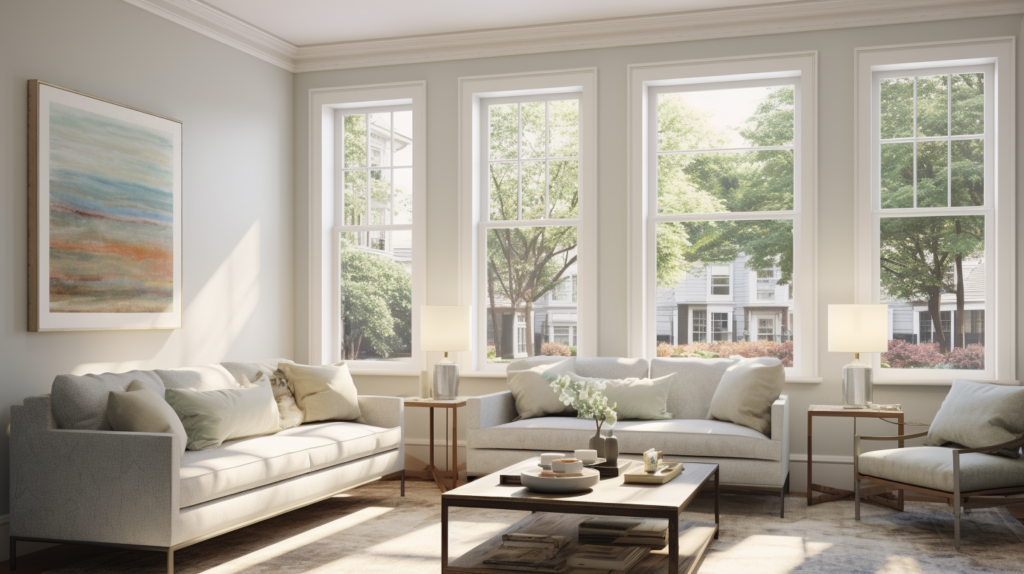
Old sash windows can be charming, but their single panes and loose fittings allow outside noise to easily enter homes.
Upgrading historic windows improves acoustics and quality of life. Intrusive outdoor noises like sirens, traffic, construction, and loud neighbors can be decreased.
Soundproofing blocks disturbing noises so you can sleep, work, or relax in peace and quiet. Making sash windows more sound-resistant also provides energy efficiency benefits.
Drafts and air leaks are reduced, lowering heating and cooling costs. Soundproofing old windows maintains their aesthetic appeal while modernizing functionality.
Historic homes with original sash windows can retain charm while getting noise control.
How Do You Soundproof Old Sash Windows?
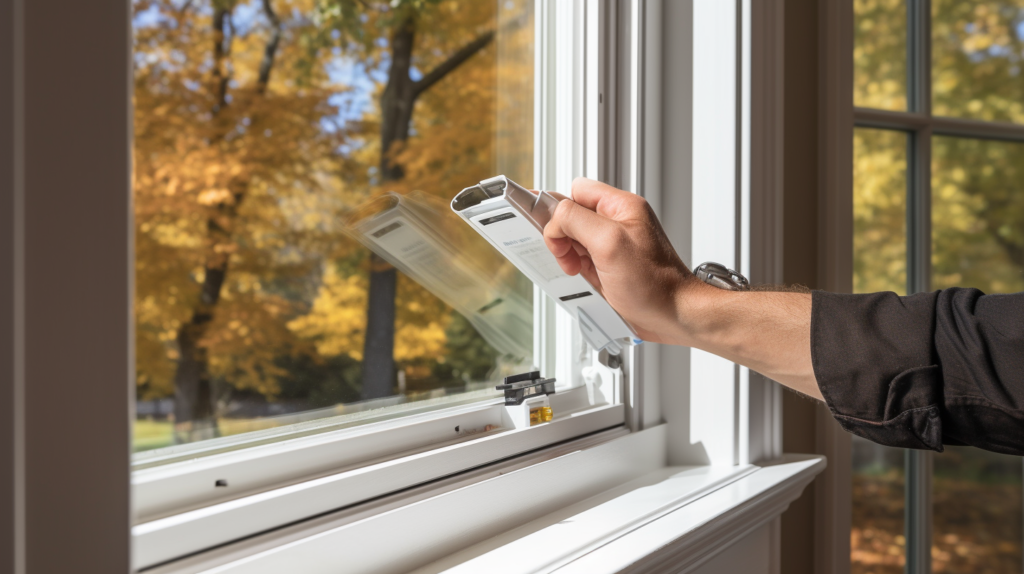
Old sash windows are notorious for allowing sound to freely enter homes. Their thin glass and loose fittings leave plenty of gaps for noise penetration.
Luckily, there are several effective DIY methods to upgrade historic sash windows for modern soundproofing.
With a bit of handiwork, you can successfully transform noisy old windows into peaceful sound barriers.
This allows you to retain the aesthetic charm of original windows while fixing their acoustic deficiencies.
The following soundproofing steps will help turn any rattling sash windows into relaxing noise-free zones.
1. Assess Your Existing Windows
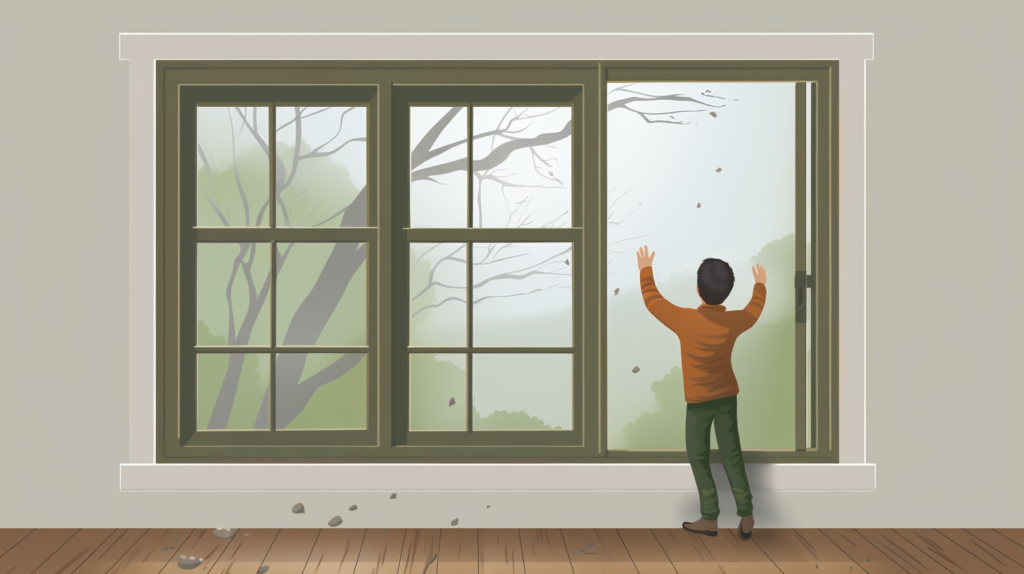
Inspecting your existing sash windows is an important first step before doing any soundproofing upgrades.
This allows you to fully evaluate their current condition and determine what improvements will be most effective for blocking noise.
Look closely at all components of the windows, including the wood frames, glass panes, glazing putty, hardware fittings, and weatherstripping.
Check to see which parts may need repairs, sealing, or replacement in order to improve noise reduction.
Rattling sashes, loose fittings, cracked putty, broken counterweights, and missing weatherstripping can all degrade soundproofing performance.
Testing your windows for air leaks and drafts is also useful. Feel around frames and sashes while windows are closed to detect any gaps that allow air infiltration.
Gaps and leaks compromise sound barrier effectiveness and should be addressed. On windy days, you may hear or feel rattling from loose window components that require adjustment.
Consider adding insulation or improved weatherstripping to boost energy efficiency in addition to soundproofing.
Assessing the overall condition and noise vulnerabilities of your original sash windows is the necessary groundwork for optimal upgrades.
2. Improve Seals and Weatherstripping
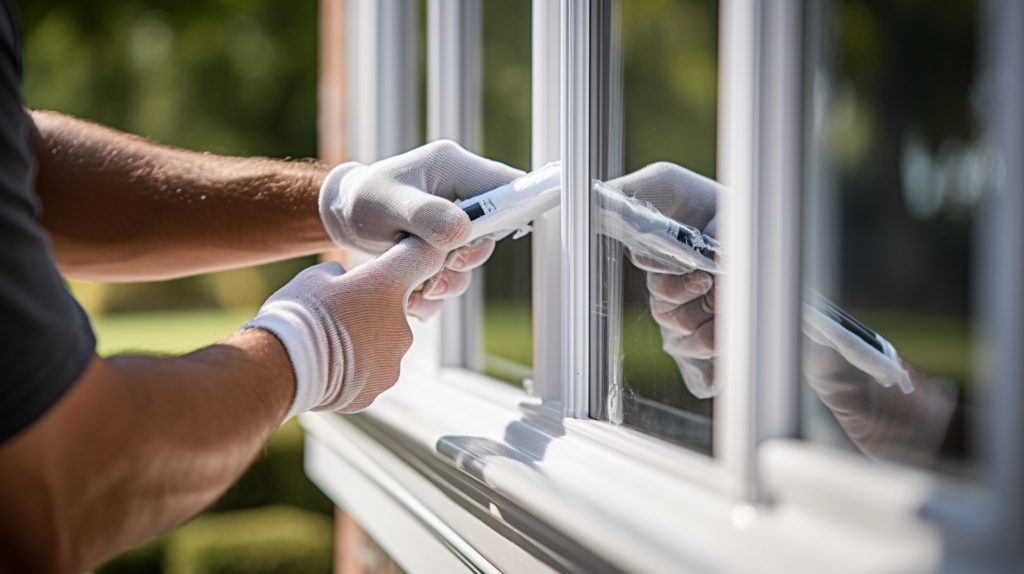
One of the best ways to soundproof old sash windows is by improving perimeter seals and weatherstripping.
Old glazing putty often dries out and cracks over time, providing a direct path for noise to penetrate the glass.
Carefully remove any loose, crumbling putty and replace it with a fresh application of non-hardening silicone window sealant.
This creates an airtight adhesive barrier around the glass to block sound transmission. Take care not to damage the wood or glass while removing old putty.
Use a putty knife and work slowly to avoid harm. Clean the area thoroughly before applying new silicone sealant, pushing it deeply into the glazing rabbet for maximum adherence.
Installing high-performance weatherstripping is also key for enhancing noise reduction around sashes and frames.
Self-adhesive foam weatherstripping tapes can seal the joint between the upper and lower sashes, reducing sound leaks from the space between them.
For movable joints like where the sash and frame meet, use weatherstripping made of vinyl, rubber or felt that compresses when the sash is closed tightly.
This blocks sound while still allowing smooth operation. Ensure weatherstripping fully seals each joint and seam around the perimeter of the sashes and frame.
Any remaining cracks or gaps can diminish soundproofing capabilities. Maintaining the window seals and weatherstripping over time preserves acoustic performance.
3. Add Interior or Exterior Storm Windows
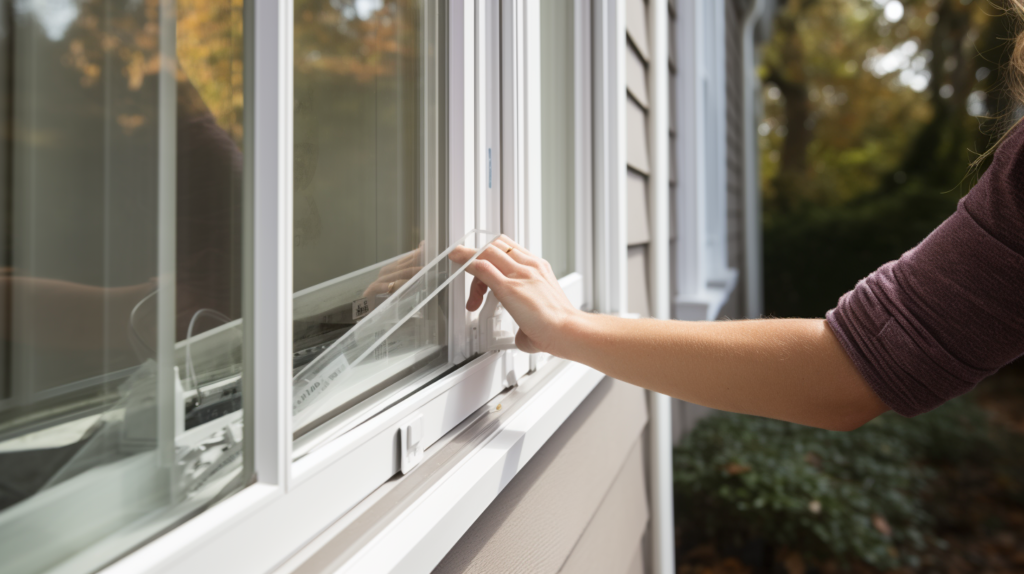
The extra layer of glass helps intercept outside noise before it can enter the home. Much of the noise gets deflected by the storm window rather than penetrating two glass barriers.
Interior storm windows are installed on the inside of the house, while exterior storm windows are mounted outside, over the primary window.
Both options enhance sound insulation, but exterior storm windows can provide slightly better acoustics by creating an additional air gap between the storm window and primary window.
It is critical that storm windows be installed properly with a continuous seal to maximize sound blocking.
Use silicone or tape to seal around the edges where the storm window frame contacts the existing window trim or wall.
Any gaps or leaks can compromise the acoustic performance. Match the storm window frame dimensions precisely to the window opening for a snug fit.
Storm window installation can be combined with sash window upgrades like weatherstripping and double panes to achieve even higher noise reduction.
Maintaining airtight seals over time is necessary for interior or exterior storm windows to remain effective sound buffers.
4. Install Thick Soundproof Curtains Over Windows
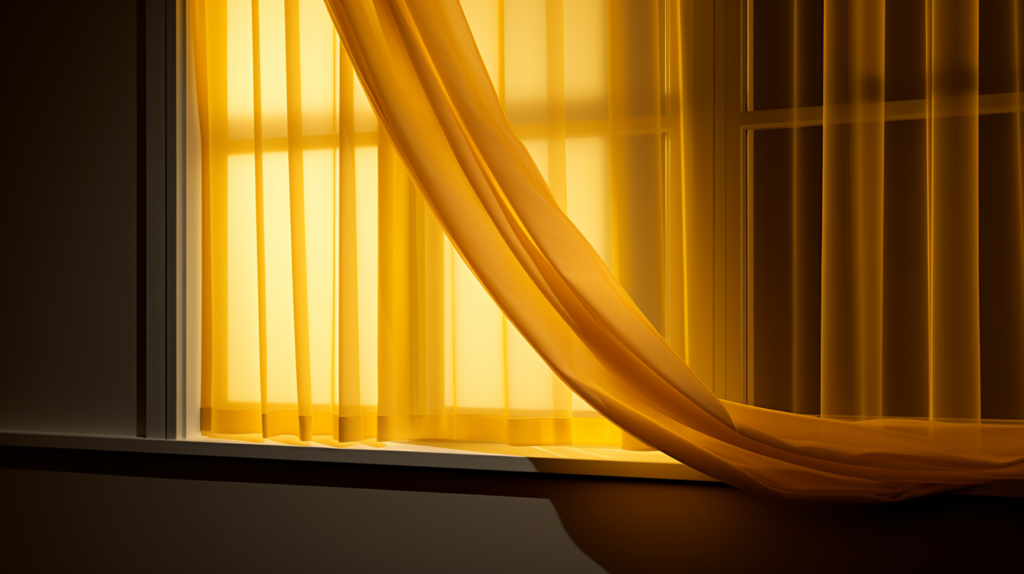
Hanging specialized soundproof curtains over existing sash windows is a simple upgrade that can make a big difference in reducing noise penetration.
Multilayer blackout curtains with thick insulating fabrics, density and weight work best to absorb sound rather than let it transmit.
The more mass a curtain has, the higher the noise reduction. Look for curtains with noise-blocking attributes like dual layers, acoustic backing, dense blackout lining and weighted hems.
Draw the curtains fully over the window frames when you need maximum soundproofing, such as at night or during noisy times.
For optimal noise blockade, make sure the soundproof curtains form an airtight seal against the surrounding walls.
Use adhesive Velcro strips around the perimeter of the window frames, then install matching Velcro strips onto curtain edges.
This creates a tight seal that prevents sound leaks. Alternatively, press adhesive weatherstripping around the edges of the frames before mounting the curtain rod brackets, allowing the curtain edges to press against the weatherstripping.
With very snug-fitting soundproof curtains installed properly, the windows become fully enclosed noise-blocking structures.
Leaving the heavy curtains open partway during quieter times retains some natural light while still damping outside sounds.
5. Change To Double Pane Windows
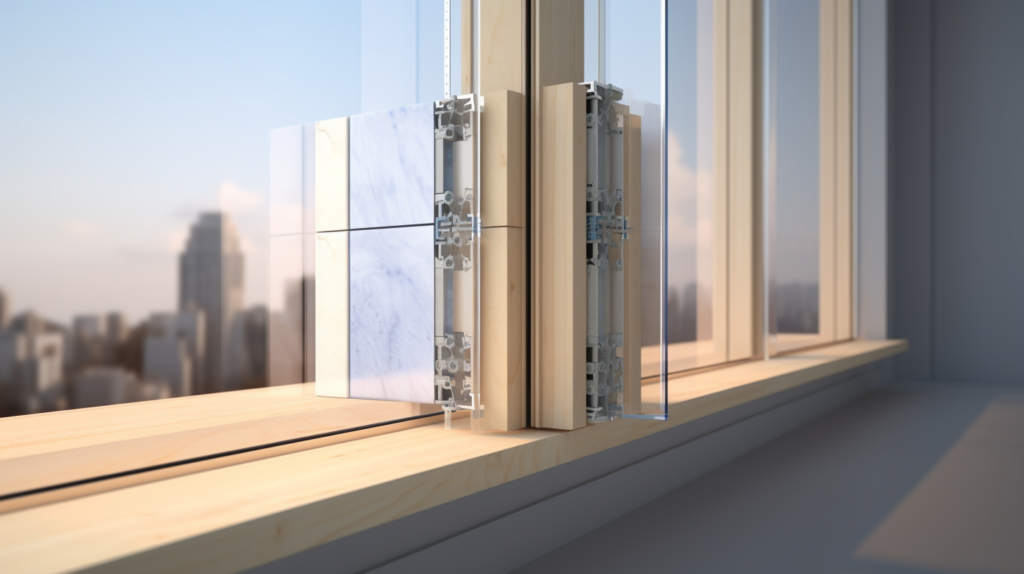
Converting old single pane sash windows into insulating double pane windows is one of the most effective soundproofing upgrades.
Replacing the existing glass with a dual pane window essentially eliminates noise transmission through the glass.
An inner double pane window can be designed to replicate the appearance and operation of original sash windows.
The key is the air cavity between the two panes, which dampens noise vibrations rather than passing them through the glass. Wider spacing between the panes provides increased sound insulation.
When choosing double pane windows, look for units with laminated or tempered acoustic glass rather than standard glass.
The laminate inner layer further dampens sound and blocks more noise. Ensure the window unit has a continuous air seal around the perimeter edges to prevent sound leaks.
Use high quality weatherstripping and sealant to maintain airtight conditions around the sashes and frame.
Keeping the glass panes in good condition over time is also important, as any cracks or damage can degrade acoustic performance.
Proper installation of insulating double pane windows transforms those old rattling sashes into peaceful, quiet barriers.
Conclusion
Old leaky sash windows can be major sources of noise infiltration in homes. Thankfully, there are now many options for retrofitting historic windows to achieve modern levels of soundproofing.
With careful upgrades like better seals, storm windows, soundproof curtains and double panes, those charm-filled but loud old windows can become peaceful quiet zones.
Investing in sash window soundproofing also boosts energy savings and can extend the longevity of your original windows.
Just be sure all upgrades are done properly and maintained over time.
With a well-sealed sash window that blocks outside noise, you can comfortably enjoy the traditional styling and appreciate the sound of silence.
